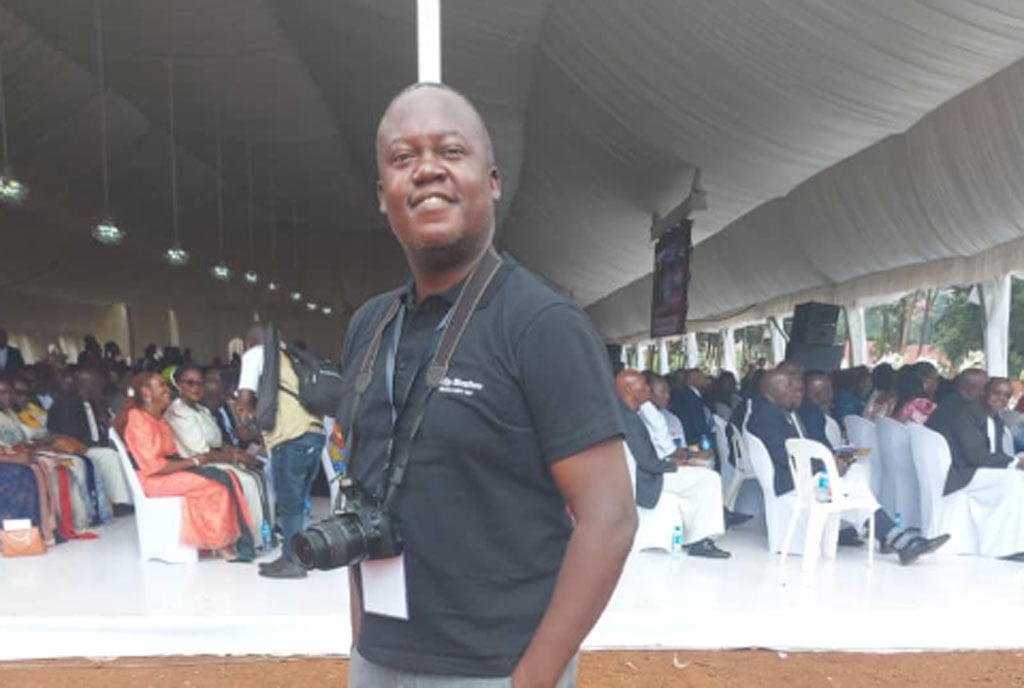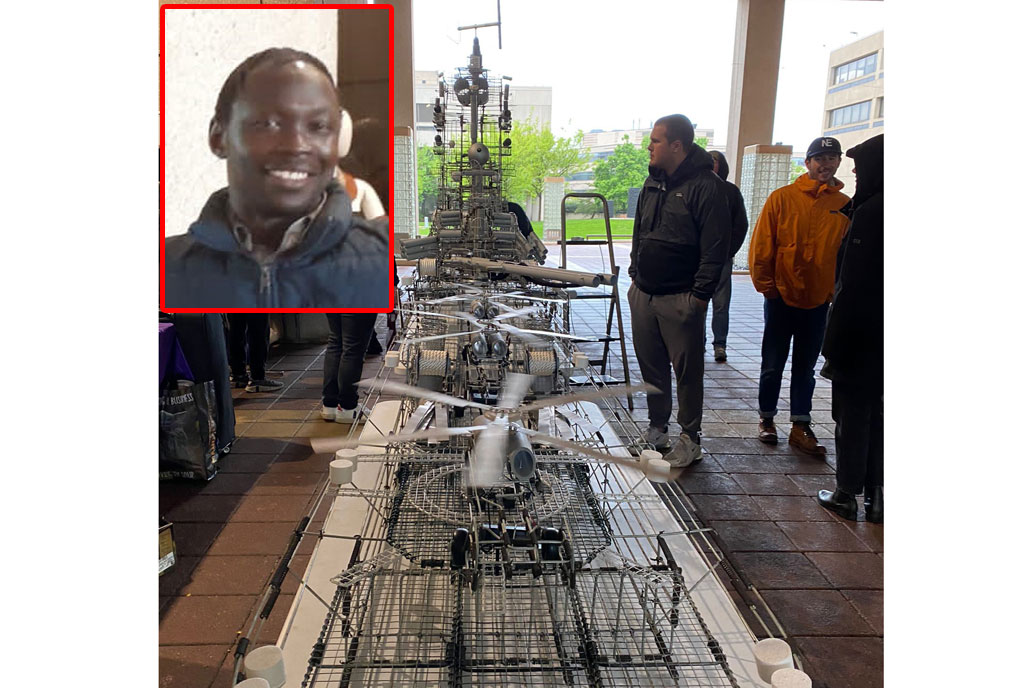Five districts make it to nuclear power site list

Participants at the national media sensitization workshop on regulation of nuclear energy applications in Uganda held in Kampala on May 13, 2022. PHOTO / PHILIP WAFULA
What you need to know:
- Uganda is positioning itself to start manufacturing nuclear energy by 2031 to expand its electricity generation capacity and last week, the International Atomic Energy Agency [IAEA] cleared the first phase of the nuclear power production.
Buyende in Busoga Sub-region is among the candidate districts for the construction of a nuclear power site in the country.
Mr Robert Kilyowa, a nuclear engineer in the Nuclear Energy department of the Ministry of Energy and Mineral Development, has said.
Uganda is positioning itself to start manufacturing nuclear energy by 2031 to expand its electricity generation capacity and last week, the International Atomic Energy Agency [IAEA] cleared the first phase of the nuclear power production.
“We mapped out the whole country to see which site can house the nuclear plant and zeroed on eight sites in the districts of Buyende, Nakasongola, Kiruhura, Kasanda [formerly Mubende], and Lamwo,” Mr Kilyowa said last Friday.
Mr Kilyowa was speaking at the national media sensitisation workshop on regulation of nuclear energy applications.
“We haven’t yet concluded on which site to set up the nuclear plant, but we are currently ranking them [sites] for proximity to a water body, best geology, no flooding and being least populated to evacuate people in the unlikely event of an emergency.
“As a country, we are preparing so much and our regulator is doing the best to see that we are doing the right thing,” Mr Kilyowa said, adding that the country doesn’t plan to use nuclear power for weapons.
President Museveni has stressed that Uganda would use its uranium deposits to develop energy to supplement the current inadequate capacity of hydro and geothermal power.
While meeting a delegation from IAEA led by the director, division of nuclear power of Africa, Ms Aline Des Cloizeaux, last week, Mr Museveni said: “Uganda and Africa in general is interested in nuclear power [electricity] and not nuclear weapons.”
Currently, atomic energy is widely used in industrial, medical and research in education institutions.
Mr Noah Deogratias Luwalira, the secretary and chief executive officer of Atomic Energy Council, disputed reports that plans were underway to construct the nuclear power site in Mpoma, Mukono District.
“Anyone who talks about Mpoma has no information; Mukono [district] is not among the candidate districts being looked at for a nuclear power site,” he said in response to reports that residents of Mpoma were against setting up the facility in their area.
According to Mr Luwalira, their research, whose findings are still preliminary, show that telephone masts and other non-ionising radiation have an effect on human health, and as a Council, they want to establish the strength of magnetic fields that have an effect on the human body.
“We have so far covered 61 percent of the districts in measuring the strength of radiation from masts and high-power radiation lines. Don’t be comfortable that these don’t have an effect; the reason power companies ask that we build away from powerlines is due to scientific findings,” Mr Luwalira said.
The Atomic Energy Council was established in 2008 to oversee the activities resulting from the discovery of nuclear energy.





